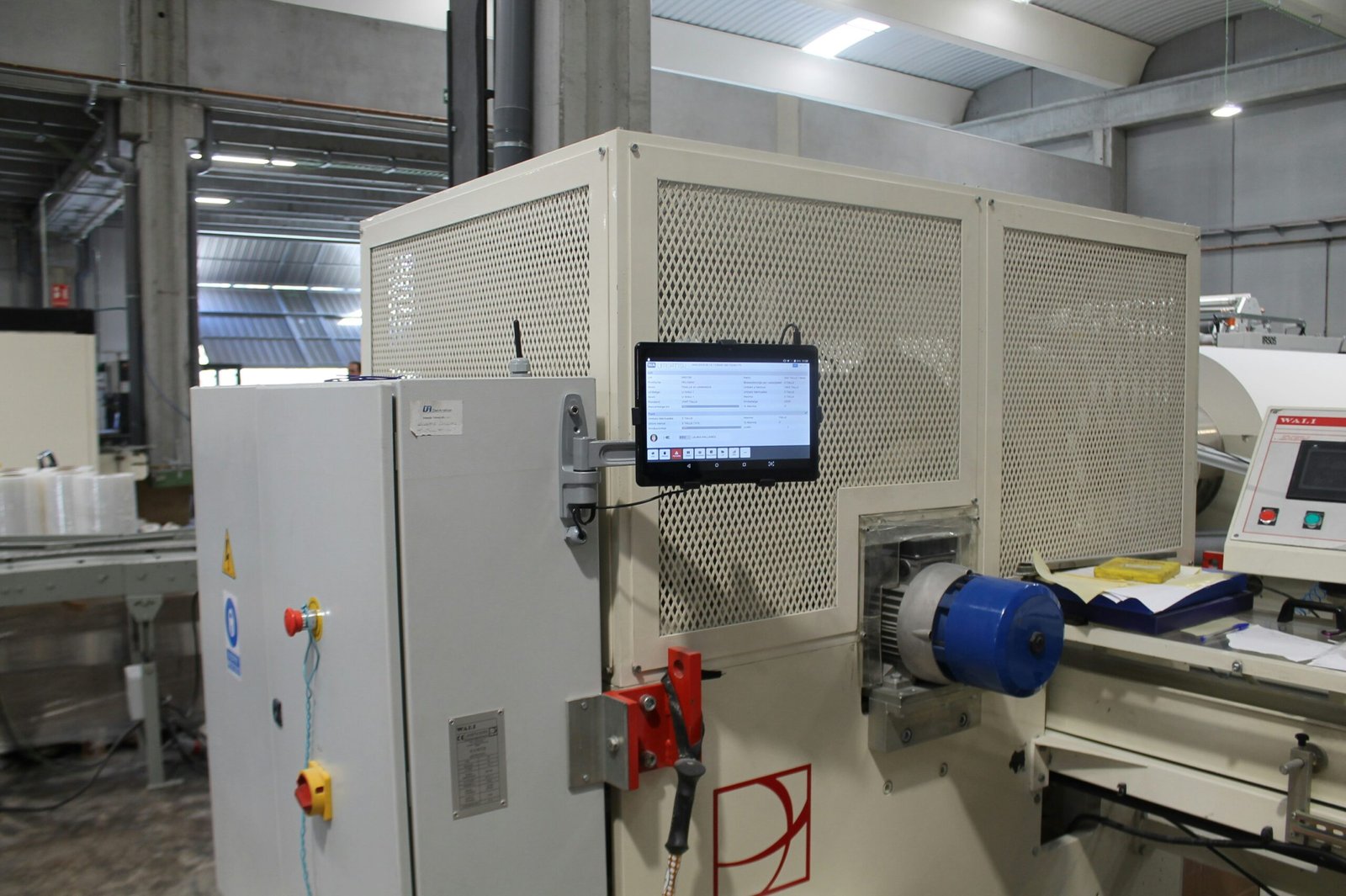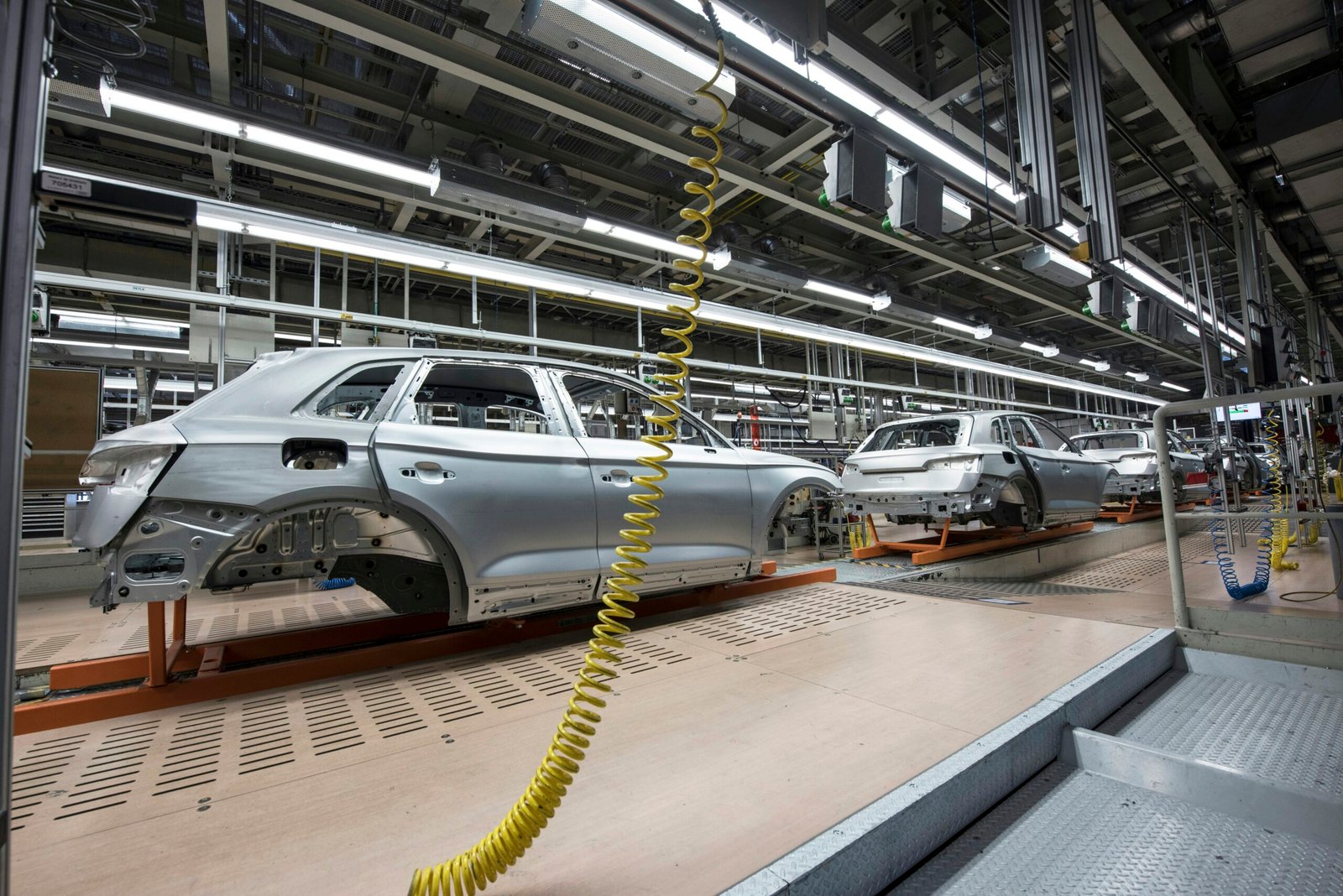Understanding Industrial Automation Tools
Industrial automation tools refer to the various technological solutions that enhance production processes by automating manual tasks. These tools encompass a diverse array of technologies, including robotics, control systems, and sophisticated software applications. In the contemporary manufacturing landscape, the integration of such automation tools is not only prevalent but imperative for companies aiming to remain competitive.
The evolution of industrial automation has a rich history, tracing back to the early mechanization of processes in the late 18th century. As technology advanced, the introduction of programmable logic controllers (PLCs) in the 1960s marked a significant turning point, enabling more precise control of manufacturing equipment. This evolution continued into the 21st century, with the rise of Internet of Things (IoT) devices and artificial intelligence (AI) further revolutionizing the capabilities of industrial automation tools.
Today, the significance of adopting these technologies is underscored by numerous benefits. Enhanced efficiency is perhaps one of the most compelling advantages, as automation tools can operate continuously, reducing production time and increasing output. Additionally, the deployment of robotics and automated systems often leads to reduced labor costs, as machines can perform tasks that traditionally required human intervention. Furthermore, automation contributes to improved safety in manufacturing environments. By handling dangerous and repetitive tasks, automation tools can minimize the risks posed to workers, thereby fostering a safer workplace.
In summary, understanding industrial automation tools is crucial for appreciating their transformative impact on modern manufacturing. From robotics to advanced control systems, these technologies facilitate improved efficiency, lower operational costs, and enhanced safety, all of which play a vital role in the advancement of industrial operations. As industries continue to evolve, the adoption of such tools will likely be central to maintaining competitiveness in a rapidly changing landscape.
Current Trends in Adoption Rates
The landscape of industrial automation has undergone significant changes in recent years, underscored by a steady increase in adoption rates across various sectors. Recent surveys indicate that approximately 60% of manufacturers have implemented some form of automation within their operations. This statistic marks a notable rise from previous years, highlighting the growing recognition of the benefits offered by automation tools. Industries such as automotive, electronics, and food processing are leading the charge in integrating these technologies, largely driven by the need for efficiency, product quality, and the reduction of operational costs.
Moreover, geographical trends reveal that regions such as North America and Europe are at the forefront of adopting industrial automation. Over 70% of surveyed companies in these areas have reported utilizing automation, driven by advancements in technology and a push for innovation. Conversely, emerging markets in Asia and South America have shown a slower but steady increase in adoption rates, primarily due to the increasing availability of affordable automation solutions and a growing emphasis on modernization efforts.
Demographics also play a crucial role in the adoption of industrial automation tools. Larger enterprises continue to lead in automation implementation, with over 80% of companies employing 500 or more employees utilizing these technologies. However, small and medium-sized enterprises (SMEs) are gradually catching up, thanks to the emergence of cloud-based automation tools that are more accessible and less costly to implement.
When comparing these findings to previous years, it is evident that there is a paradigm shift occurring within the industrial sector. The overall growth of adoption rates shows a clear trend towards embracing automation as a necessity for future competitiveness. The evolution of industrial practices reflects a broader commitment to integrating advanced technologies that not only enhance productivity but also ensure long-term sustainability in a rapidly changing marketplace.
Challenges Faced by Industries in Implementation
The implementation of industrial automation tools is a significant undertaking for many industries, and various challenges can hinder this progress. One of the primary obstacles is financial constraints. Many organizations have limited budgets and must allocate resources judiciously, leading them to prioritize immediate operational needs over long-term investments in automation technology. Consequently, this attitude can impede the adoption of innovative solutions that might enhance overall productivity and efficiency in the long run.
Another critical challenge is the lack of a skilled workforce. As industries evolve, the demand for employees proficient in new automation technologies increases. Unfortunately, there is a shortage of individuals with the requisite skills to operate and maintain these advanced systems. This skills gap not only complicates the training process but also raises concerns regarding the operational efficacy of the tools, as businesses struggle to find qualified personnel who can grasp complex automation systems.
Resistance to change from employees also represents a significant barrier. Many workers perceive automation as a threat to their job security, fostering an atmosphere of skepticism and reluctance. This cultural resistance can lead to decreased morale and productivity among employees, further obstructing successful implementation. It is essential for industry leaders to address these concerns proactively by fostering an inclusive environment that emphasizes the benefits of automation, such as improved safety and decreased workload.
Lastly, technology integration poses additional challenges. Businesses often rely on legacy systems that are not easily compatible with new automation tools, creating issues in data sharing and communication. Addressing these technological hurdles requires a strategic approach, enabling businesses to integrate new solutions harmoniously into their existing infrastructure. The interplay of these challenges not only impacts the adoption rates of automation tools but also their overall effectiveness in enhancing operational processes.
Future Outlook: The Evolving Landscape of Industrial Automation
The landscape of industrial automation is on the brink of transformation as emerging technologies continue to reshape the sector. Advancements in artificial intelligence (AI), machine learning, the Internet of Things (IoT), and robotics are driving innovation within industrial processes. As organizations incorporate more sophisticated automation tools, the emphasis on smart factories and interconnected systems is becoming paramount. The future automation framework will rely heavily on data-driven decisions, improving efficiency and productivity while reducing human error.
Moreover, trends such as collaborative robots, or cobots, have emerged to work alongside human employees, enhancing capabilities without supplanting the workforce. As automation tools evolve, upskilling employees becomes essential; individuals will need to adapt to new technologies and acquire relevant competencies. Skills associated with data analytics, programming, and system integration will likely be in high demand as organizations navigate this transition. The need for specialized training programs that can prepare workers for roles in this new environment cannot be overstated.
Organizations must strategically position themselves to capitalize on these advancements, primarily by fostering a culture of innovation and continuous learning. This approach will not only enhance operational efficiency through the adoption of intelligent automation solutions but also ensure that their workforce is equipped to thrive in this evolving landscape. Furthermore, investment in infrastructure and technology will be crucial, with companies needing to align their resources with future automation goals.
Policy frameworks will play an instrumental role in supporting these initiatives, as governments must create conducive environments for innovation. Investments in research and development will be vital for maintaining competitive edges and ensuring that the workforce is ready for the challenges and opportunities that automation presents. Thus, the future of industrial automation holds promising potential, marked by evolution, adaptability, and long-term resilience.









